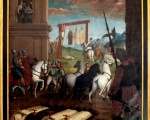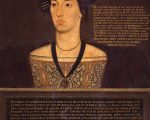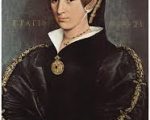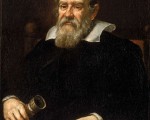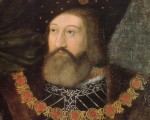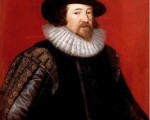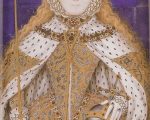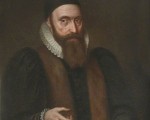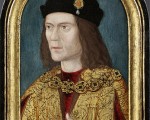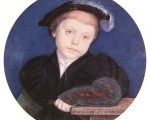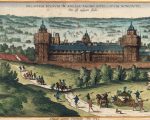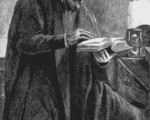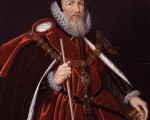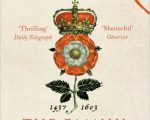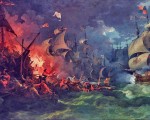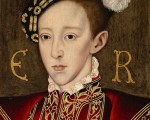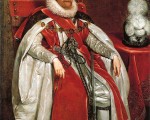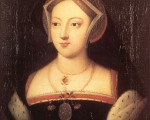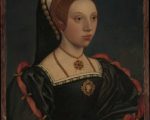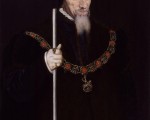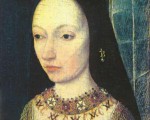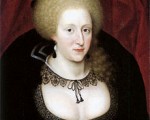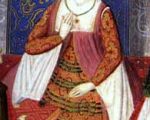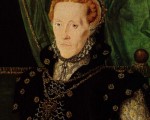
Mildred Cooke came from the influential Cooke family of Gidea Hall, Essex, a household renowned for its links with Renaissance humanism and reformist sympathies. Her father, Sir Anthony Cooke, was a royal tutor to King Edward VI; shaping the boy king’s interest in classical learning and Protestantism. Mildred’s sisters: Anne, Catherine and Elizabeth became renowned female scholars, with Anne famously translating from Latin John Jewel’s Apologie of the Anglican Church (1564). While the Cooke women were in the minority in terms of female education, (Thomas More’s daughter Margaret, and his wards, received humanist educations) their education did not mirror their male contemporaries. Sixteenth-century European scholars and clergyman dictated that women were naturally defective and immoral in comparison with virtuous, honourable men. However Humanist educators, such as Juan Luis Vives, understood the importance of educating women. He stressed that their curriculum should avoid ‘masculine’ studies such as mathematics, science and government. Rather, he recommended studying theological translations, languages and the moral philosophers of antiquity such as Plato and Cicero; topics that would not ‘corrupt’ the innate weakness of the female sex.
[Read More...]
